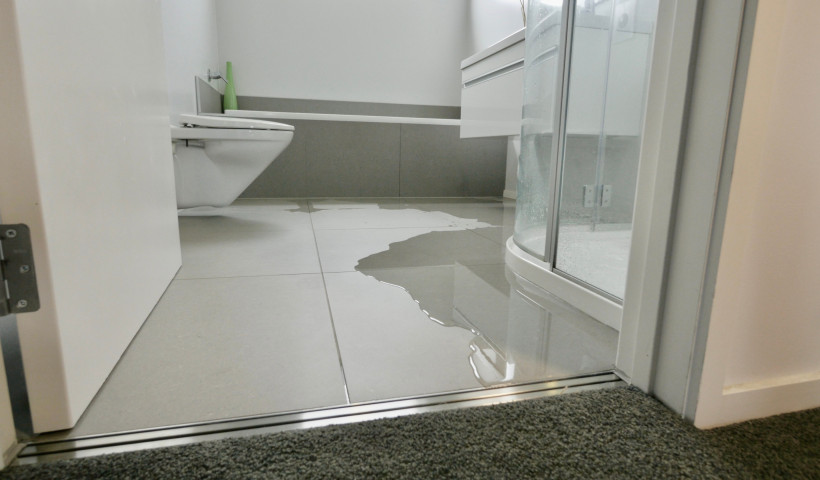
Flooded bathrooms and wetrooms continue to cause extensive and costly damage in homes, apartments, retirement villages, and healthcare facilities. Despite attention to design, water is still escaping where it shouldn’t — damaging floors, substructures, and reputations. Often becoming an unwanted talking point:
“That happened to my brother's house — kids left the bath taps running and the water went right through the ground floor.”
“We had that same issue in an apartment fit-out but it was worse, it went through to the apartment below as well.”
So how is this still happening?
Three ways bathrooms flood in New Zealand projects
- Burst or failed flexi hoses:
Ticking time bombs — typically lasting 5 - 10 years, these hoses are often hidden beneath vanities or toilets. A single rupture can release hundreds of litres within minutes.
- Taps left running: A moment of distraction is all it takes, and even overflow outlets can’t always keep up. It’s more common than you’d think — especially in busy households or care environments.
- Blocked or inadequate drains: Whether from poor fall, tile lip, or debris buildup, if water can’t escape, it will find its own path — over thresholds, behind walls, or into the hallway.
While failures can’t always be prevented, the damage can. Once water escapes, it needs a clear path — or it spreads.
What can be done differently?
Most New Zealand bathrooms lack a dedicated overflow solution or rely on conventional options that offer minimal protection. Weirs and waterstops temporarily redirect water back into the bathroom — but only until they can no longer contain it. Central floor wastes, which rely on precise grading, still allow overflow to escape out the door.
New Zealand Building Code Clause E3.3.2 requires:
"Free water from accidental overflow from sanitary fixtures or sanitary appliances must be disposed of in a way that avoids loss of amenity or damage to household units or other property."
Yet in many projects, this requirement is either misunderstood or only partially addressed.
That’s where smarter design thinking — and a future-ready solution — is changing the game.
A purpose-designed line of defence
Providing a smarter path for water escape the Jesani Door Channel is shifting how architects, designers, and builders approach flood prevention. Installed flush at the bathroom threshold, this passive architectural channel captures and drains overflow — giving unexpected water a defined path out via the soffit or exterior wall before it reaches adjoining spaces.
Note: A 65mm outlet can effectively discharge to greywater, provided downstream drainage is clear.
Made in New Zealand from 1.5mm stainless steel and specified since 2010, the Jesani Door Channel is the go-to solution for accidental overflow prevention. It’s widely used across private homes, social housing, multi-residential developments, retirement villages, and medical and educational facilities — not as a luxury, but as a standard in best-practice bathroom detailing.
For architects, builders, and developers, incorporating passive overflow protection helps safeguard reputations, reduce future risks, and deliver greater long-term value to clients.
Key benefits include:
- Captures and drains overflow at the doorway — the most likely exit point
- Eliminates the need to grade floors — reducing install time and cost
- Seamless integration into tiled, vinyl, or concrete floors — can be powder coated
- Made in New Zealand from 304/316 stainless steel — sustainable, durable, and low-maintenance
- Standard door leaf sizes or custom design/lengths (*10–14 day custom lead time)
- Security-secured grills for public spaces — tamper and vandal resistant.
The takeaway: Best practice made standard
Jesani’s Door Channel is a future-ready solution that anticipates overflow risk before it spreads. Patented, passive, and architecturally integrated, it delivers compliance with Clause E3.3.2 — and sets a new benchmark for best-practice detailing.
Email [email protected] or [email protected] to book an NZIA CPD approved presentation with Jesani’s owner and product designer.
0800 537 264 | www.jesani.co.nz






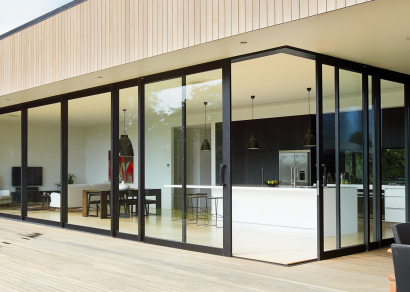
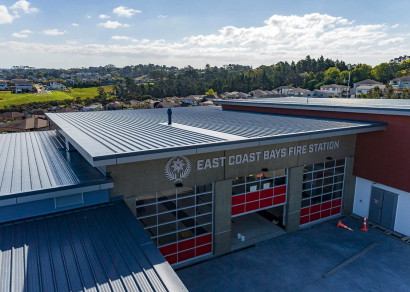
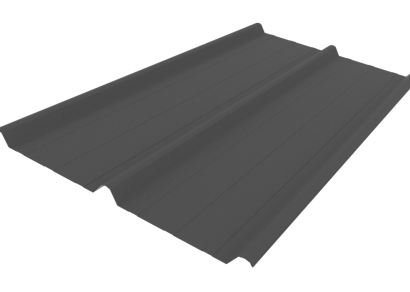
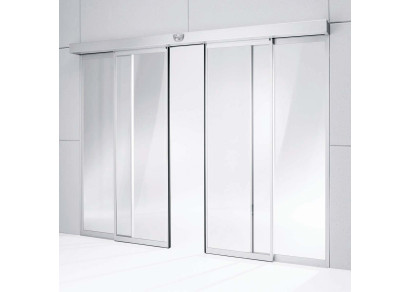
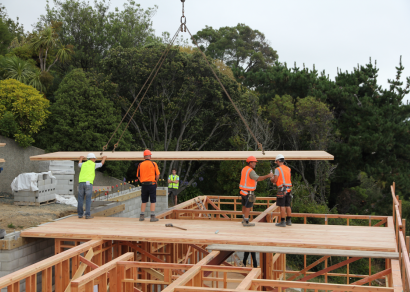
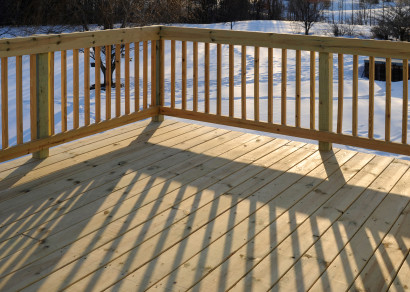
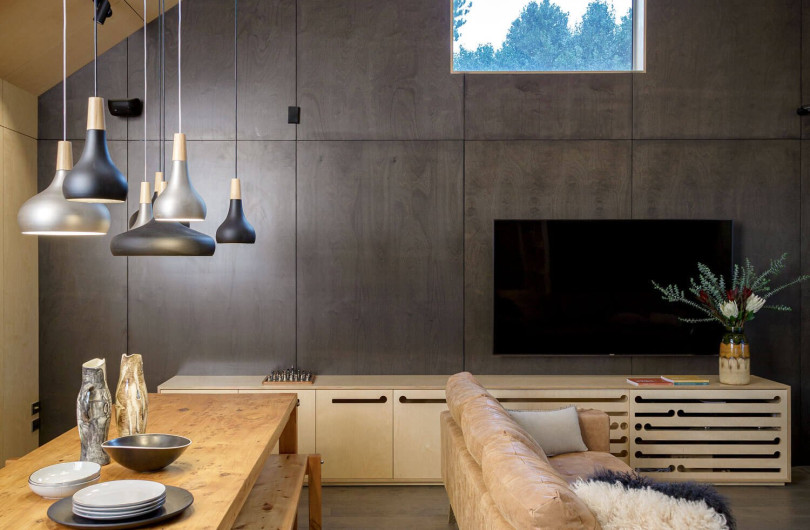
 Case Studies
Case Studies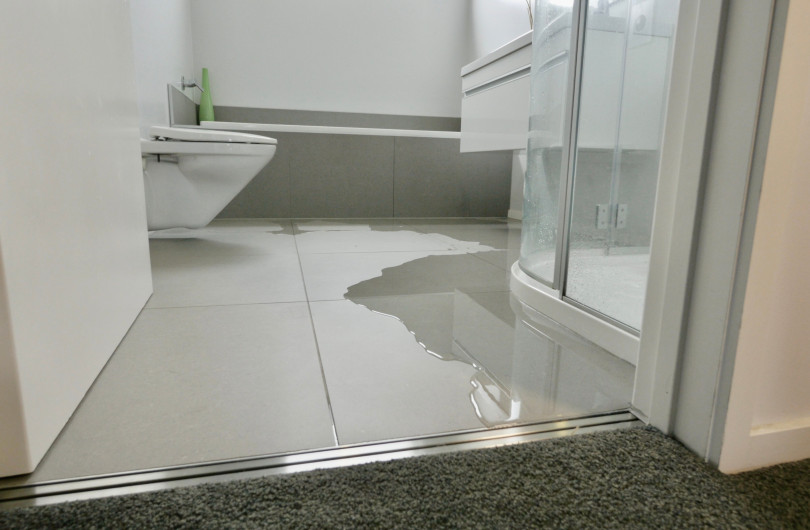
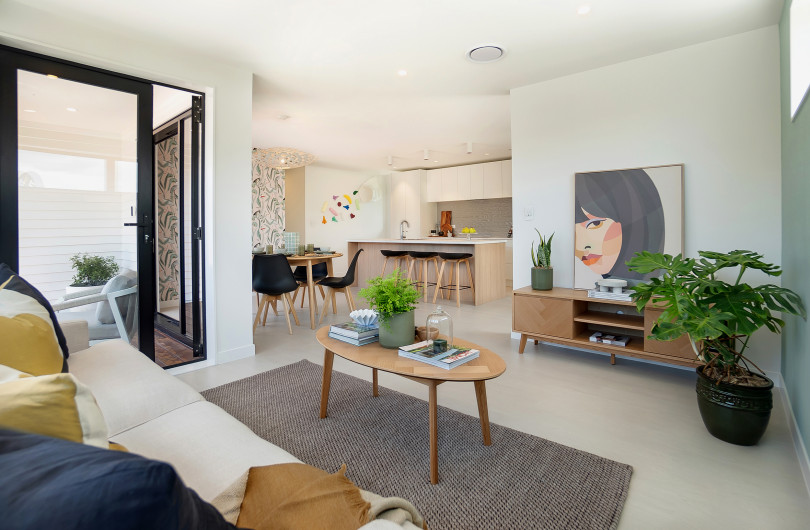


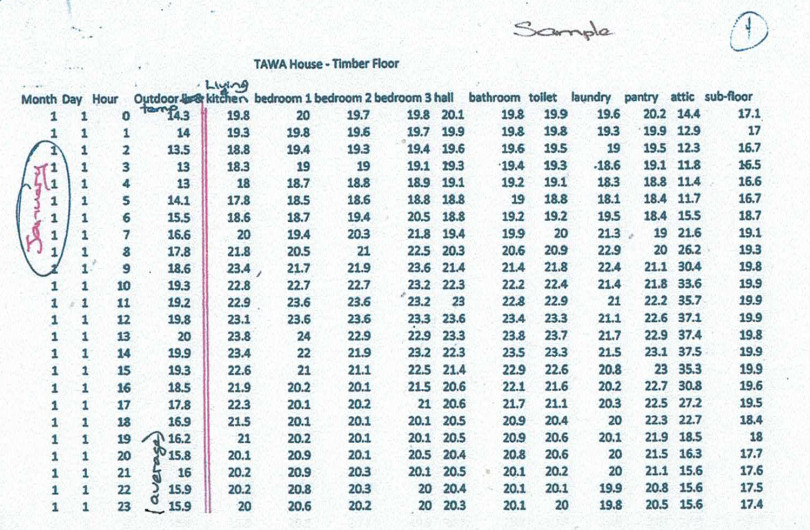




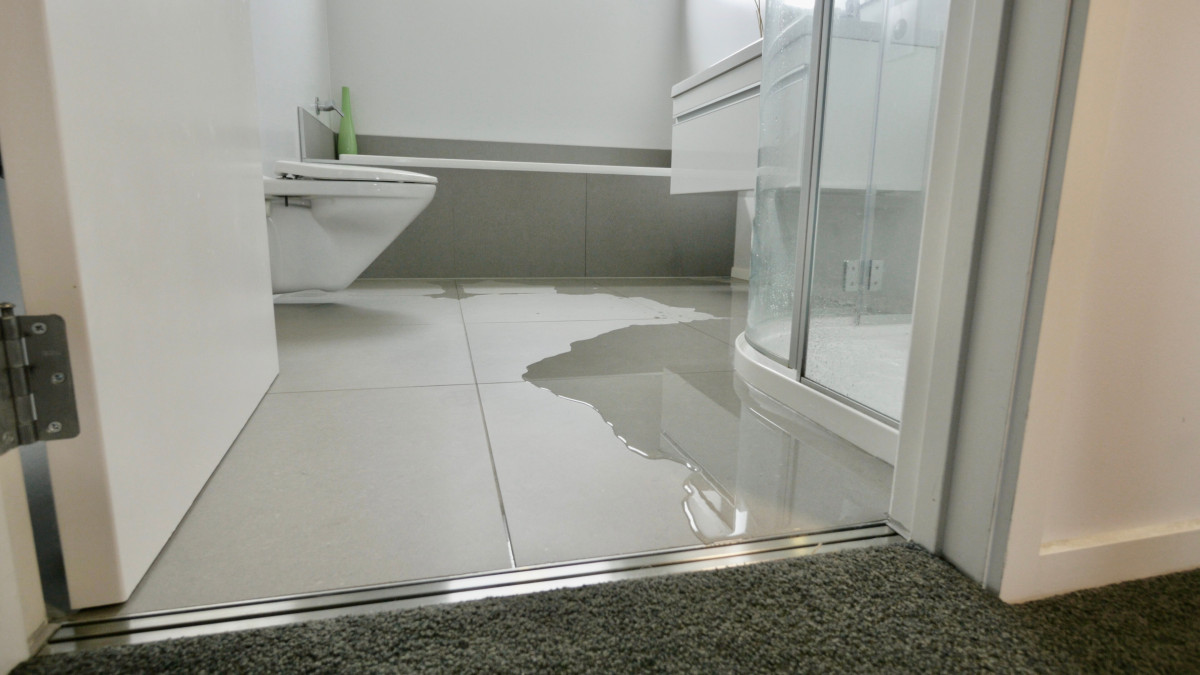
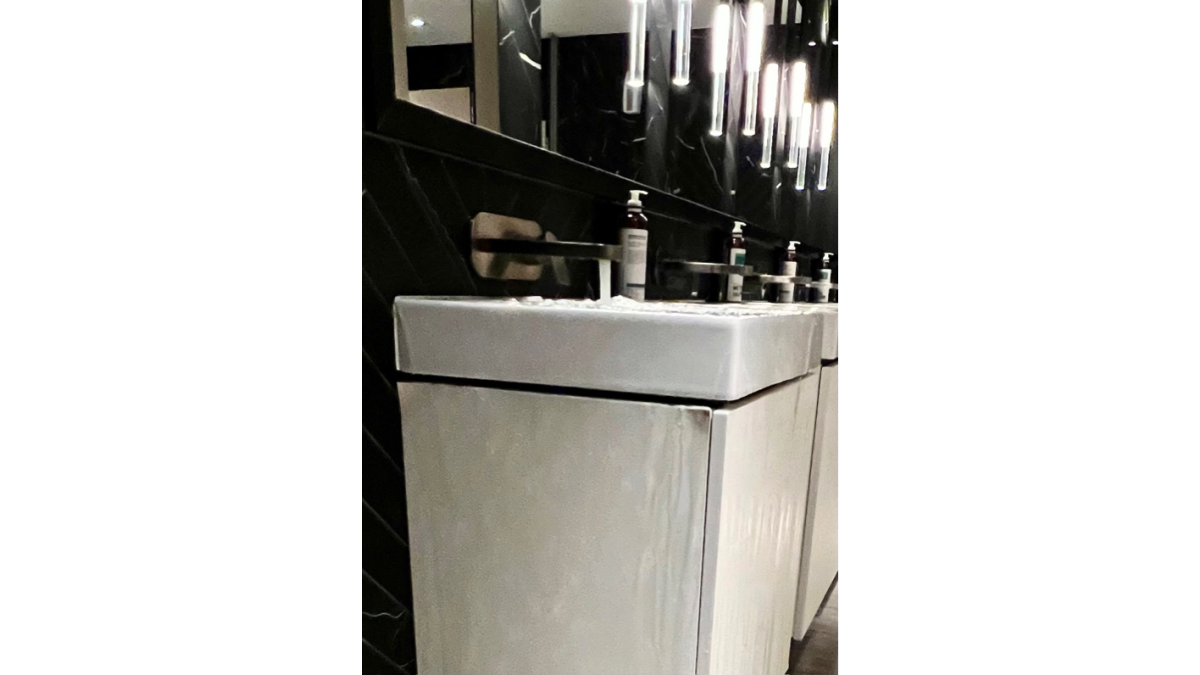
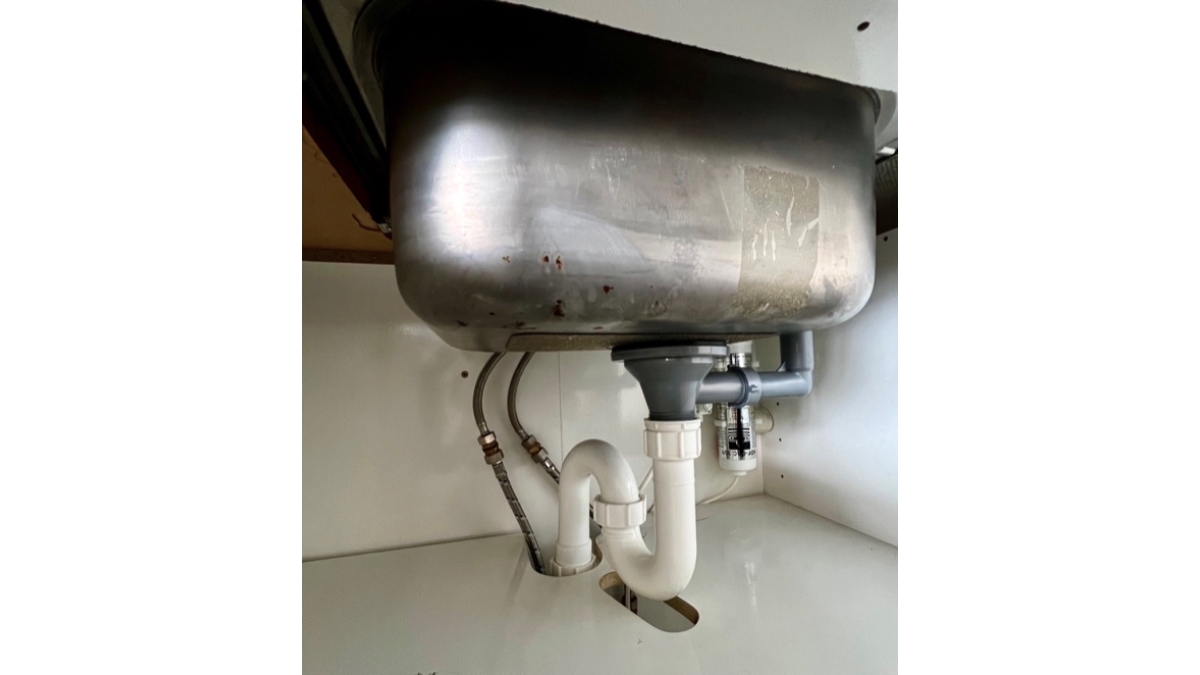
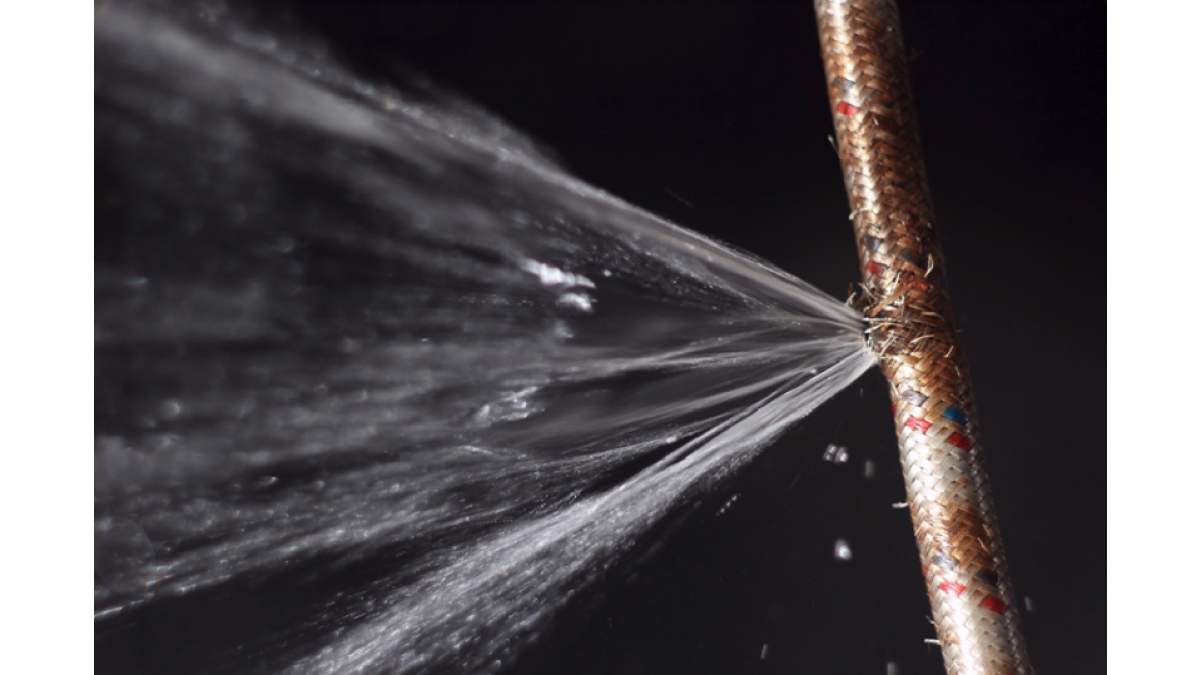



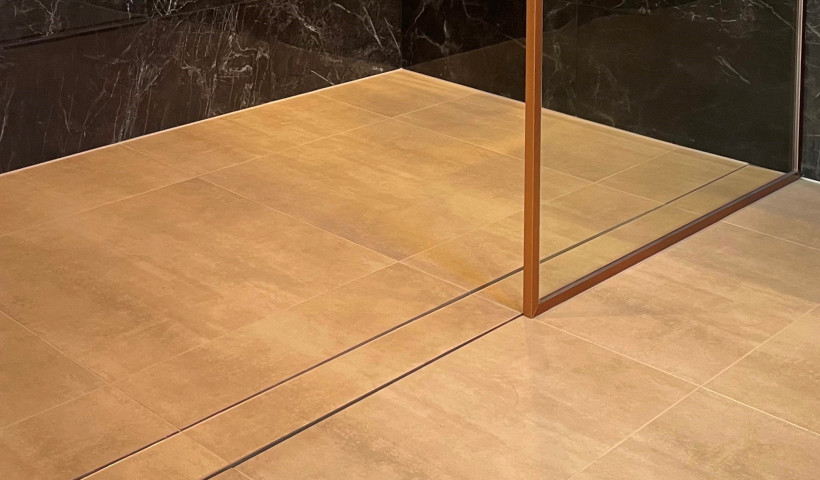
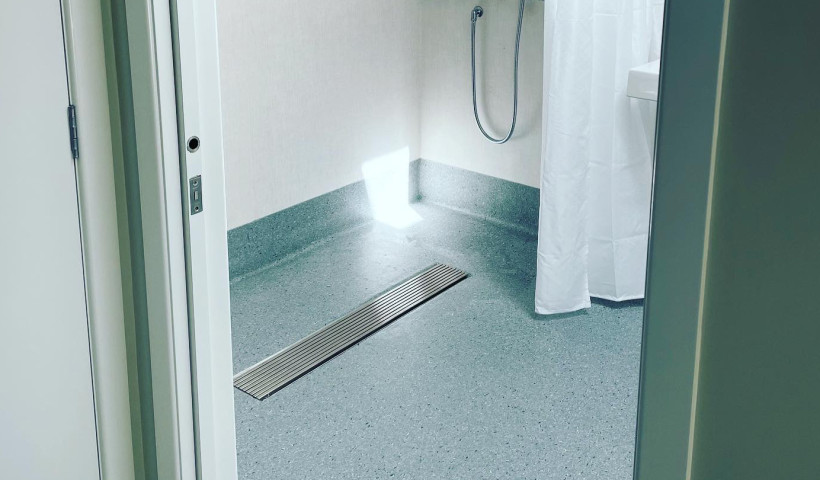
 Popular Products from JESANI
Popular Products from JESANI

 Most Popular
Most Popular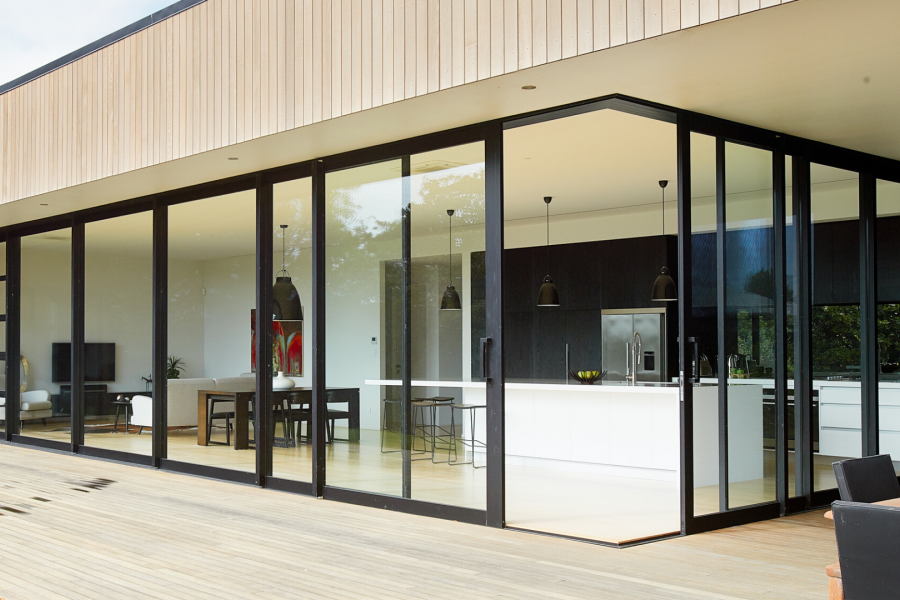
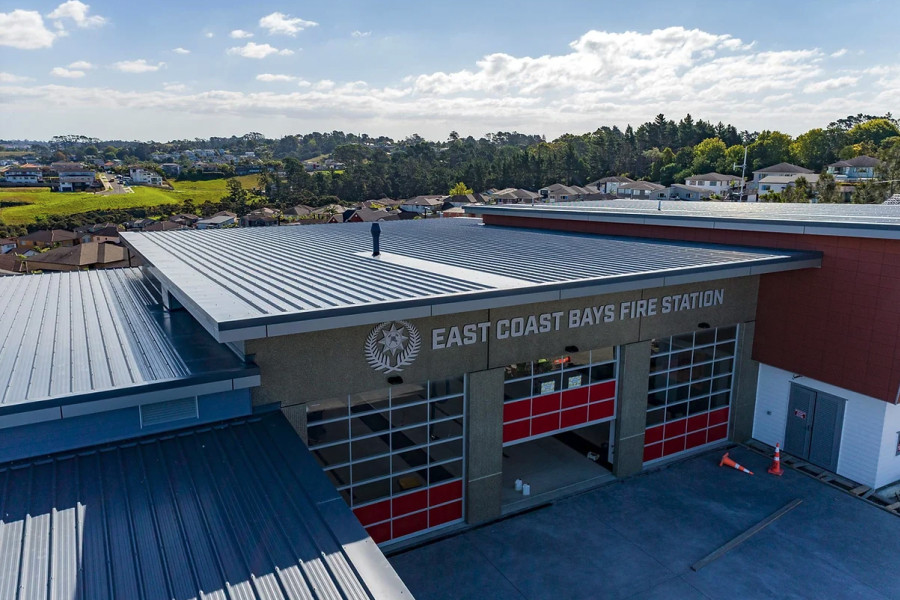
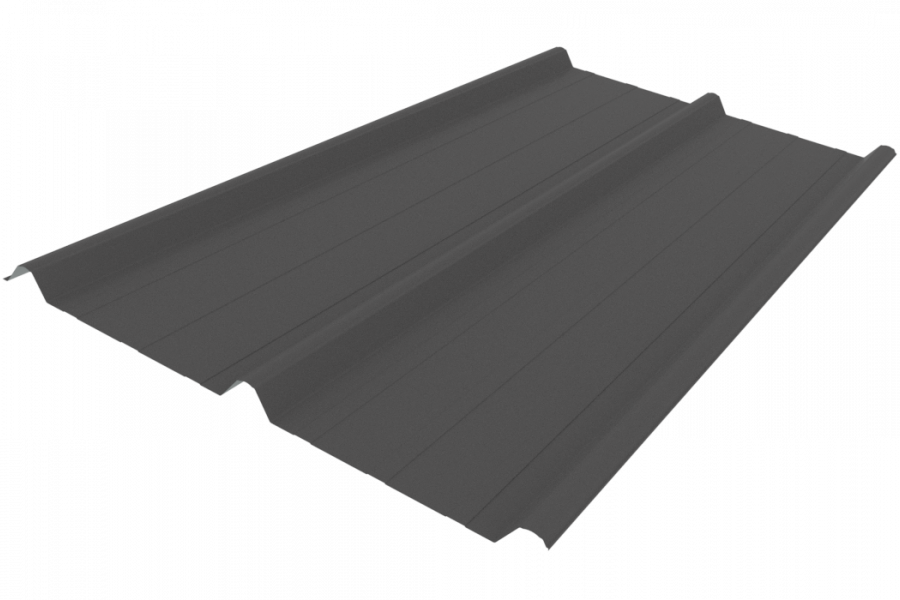
 Popular Blog Posts
Popular Blog Posts